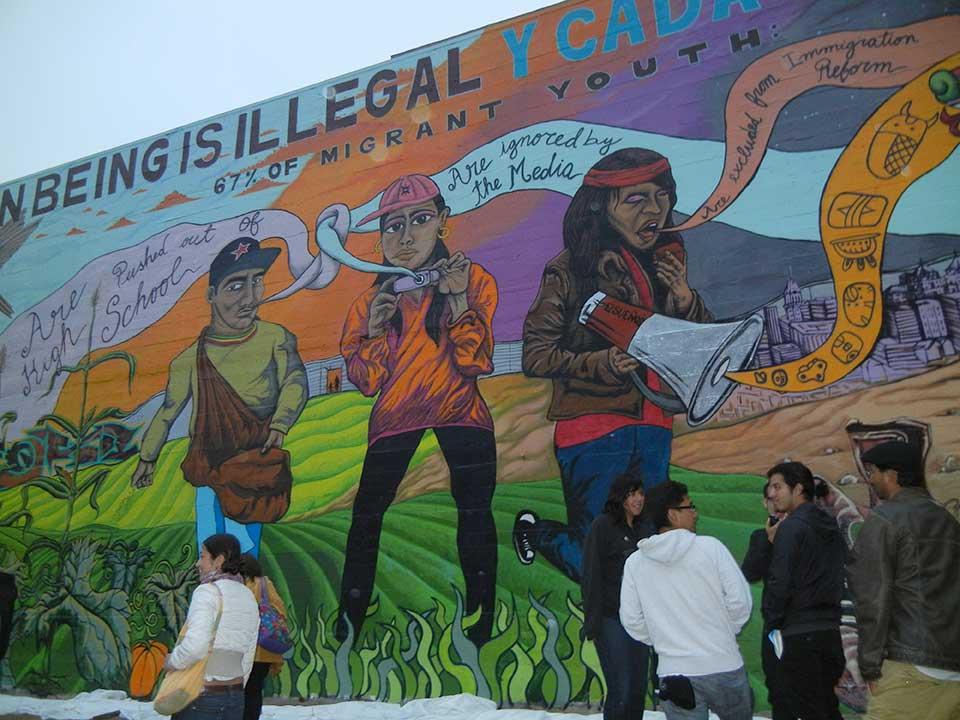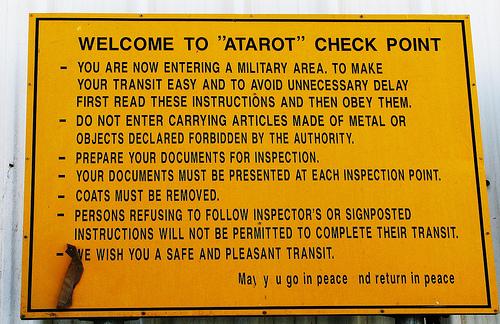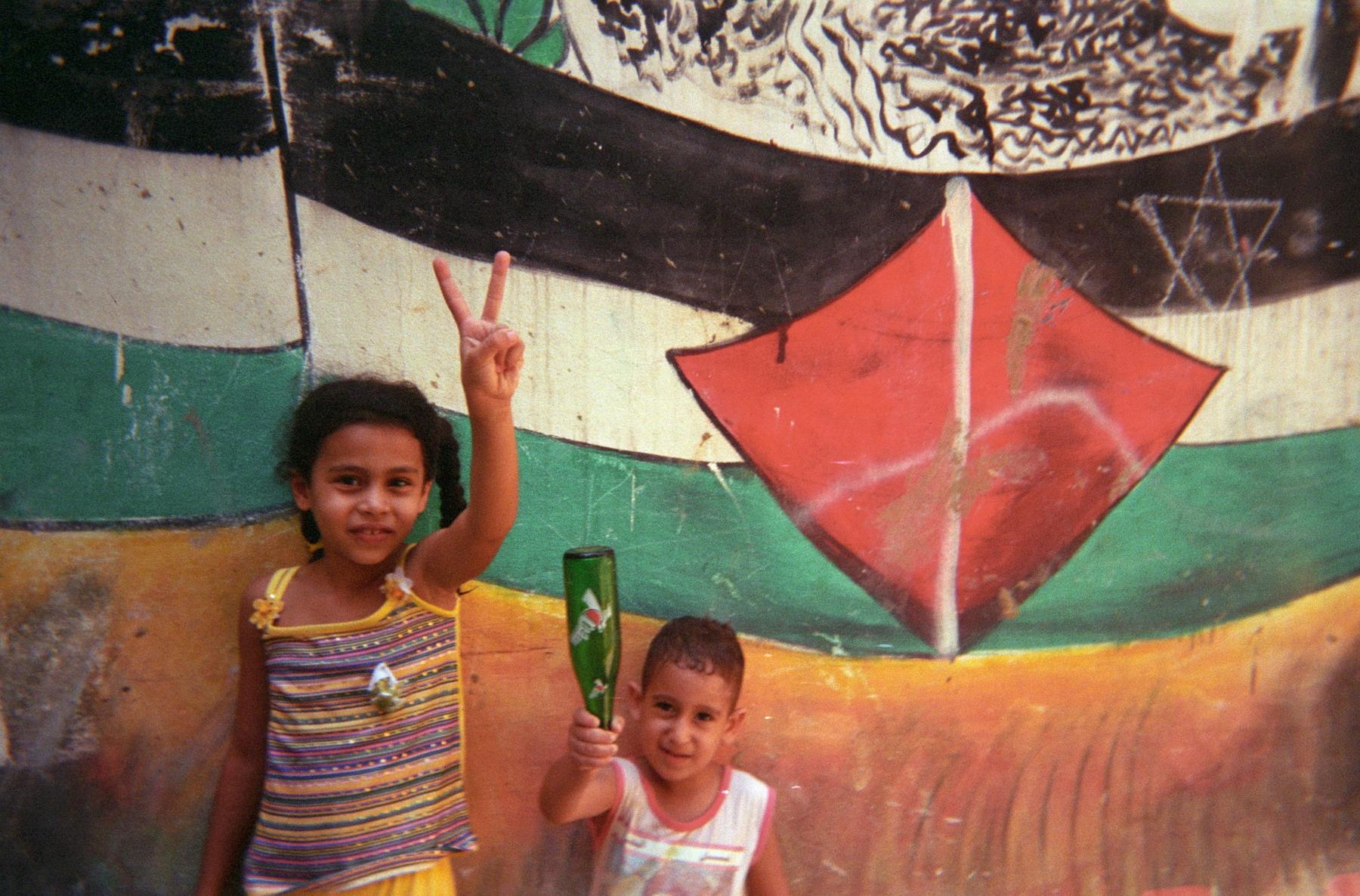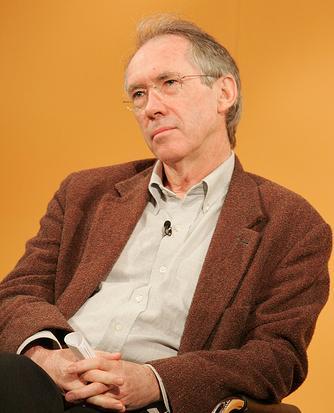On August 26, just three blocks from San Francisco’s iconic City Hall, the veil was lowered from a 100-foot-wide, 30-foot-tall mural on the wall of the city’s Quaker Meetinghouse. Declaring “No Human Being is Illegal, y Cada Uno Tiene un Sueño” (and each one has a dream), the piece is the work of an immigrant-rights youth group called “67 Sueños” (67 Dreams) whose mission is to raise awareness of the plight faced by the estimated 67 percent of migrant youth who would not benefit from the provisions of the DREAM Act.






